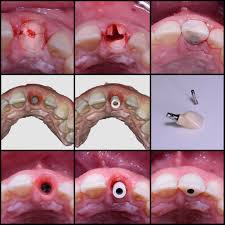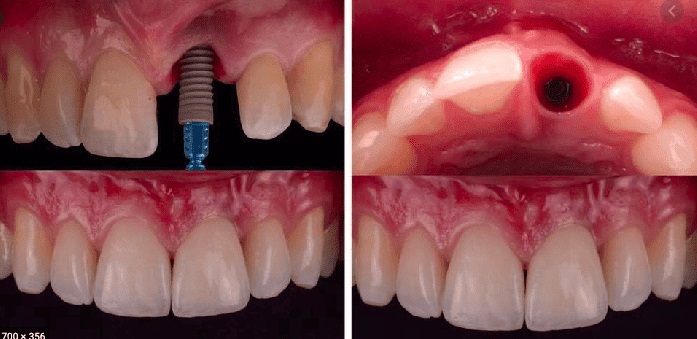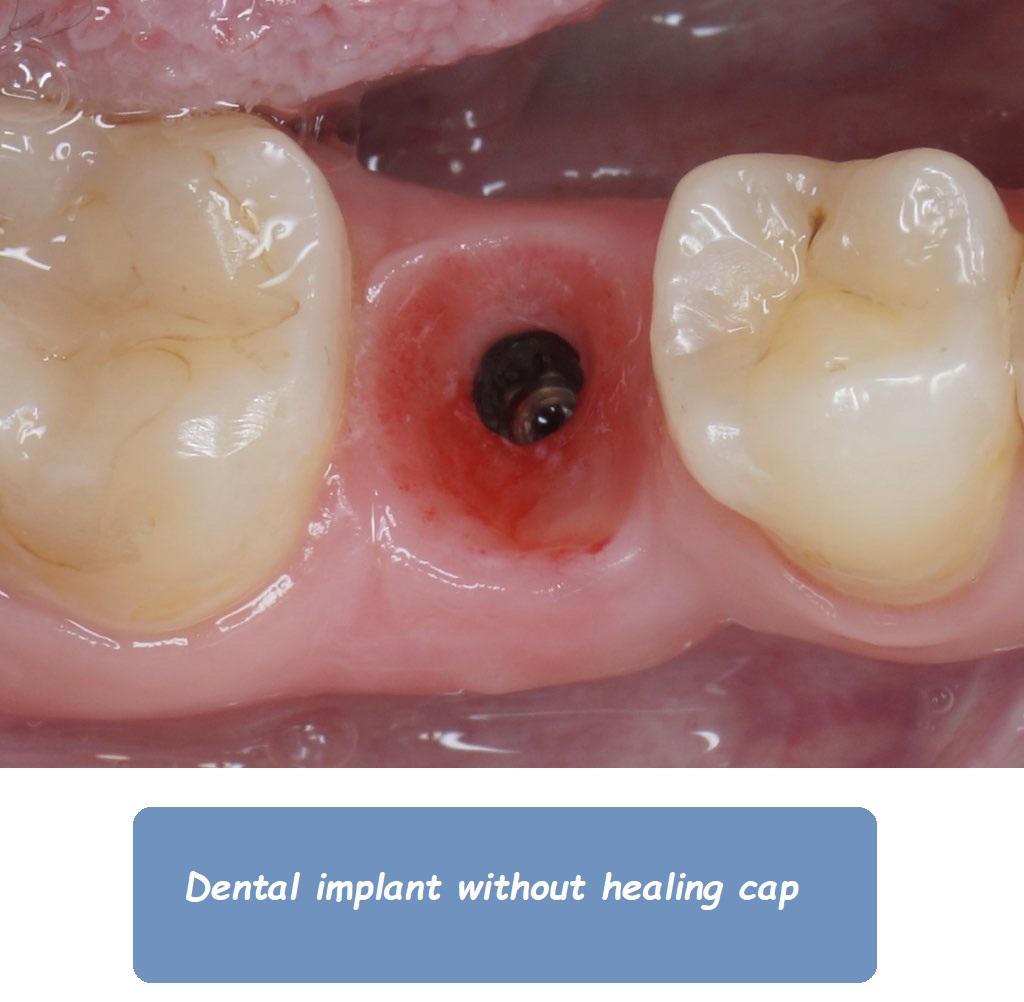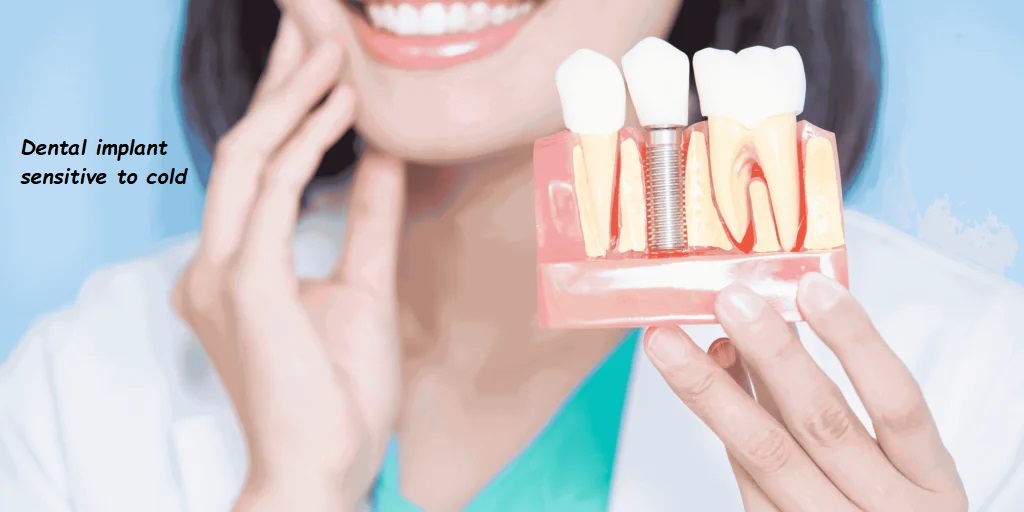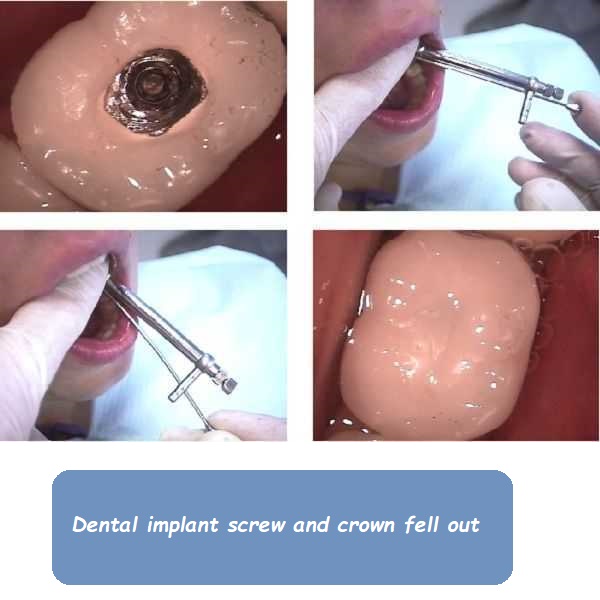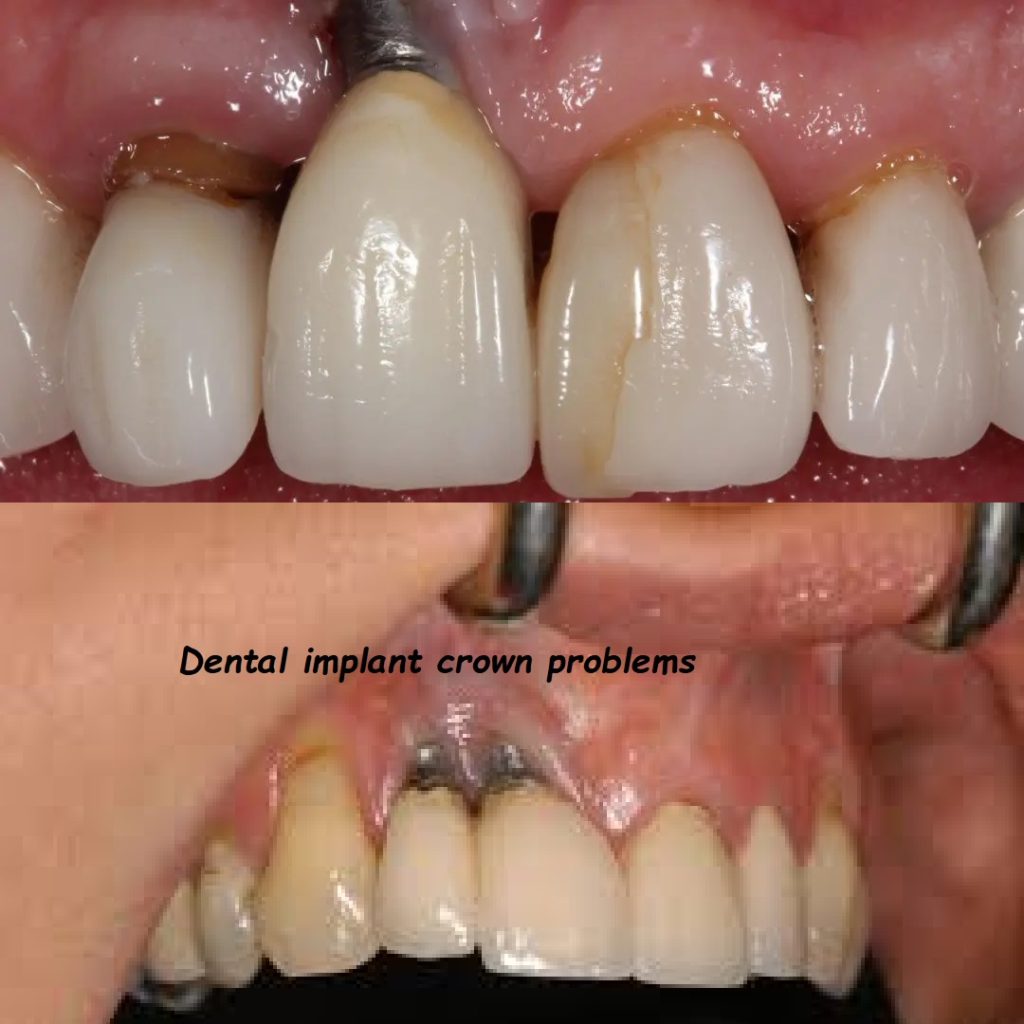Subperiosteal Dental Implants
Subperiosteal Dental Implants: A Comprehensive Guide
Subperiosteal dental implants offer an alternative solution for individuals who cannot receive traditional dental implants due to insufficient bone density. This guide covers the process, benefits, considerations, and frequently asked questions about subperiosteal dental implants.
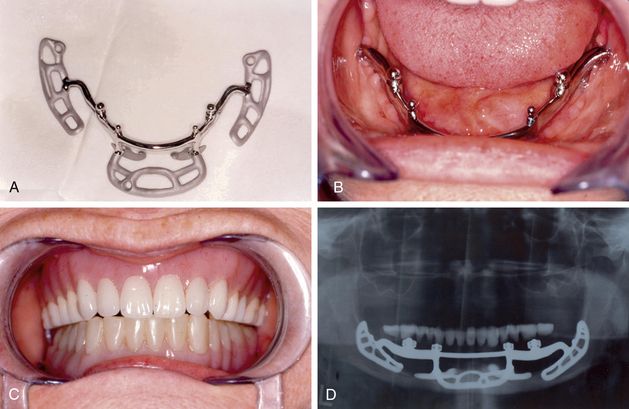
Table of Contents
- Introduction
- What are Subperiosteal Dental Implants?
- Why Choose Subperiosteal Dental Implants
- Procedure for Subperiosteal Dental Implants
- Benefits of Subperiosteal Dental Implants
- Considerations and Risks
- Recovery and Aftercare
- Success Rates of Subperiosteal Dental Implants
- Cost of Subperiosteal Dental Implants
- FAQs
- Conclusion
Introduction
Subperiosteal dental implants are designed for patients with insufficient bone density in the jaw who are not candidates for traditional endosteal implants. These implants are placed on top of the jawbone, beneath the gum tissue, providing a viable option for those needing dental restoration.
What are Subperiosteal Dental Implants?
Subperiosteal dental implants are a type of dental implant that sits on top of the jawbone but beneath the gum tissue. Unlike traditional implants that are inserted into the bone, subperiosteal implants use a custom-made metal framework that rests on the bone. This framework provides support for prosthetic teeth.
Why Choose Subperiosteal Dental Implants
Insufficient Bone Density
Patients who have experienced significant bone loss and are not eligible for bone grafting can benefit from subperiosteal dental implants. These implants do not require as much bone density as traditional implants.
Alternative to Bone Grafting
For patients who cannot undergo bone grafting due to medical conditions or personal preferences, subperiosteal implants offer a viable alternative.
Faster Procedure
The process of placing subperiosteal implants is generally quicker than traditional implants, as it does not involve the lengthy healing period associated with bone grafting and osseointegration.
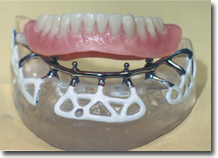
Procedure for Subperiosteal Dental Implants
- Initial Consultation:
- Assessment: The dentist evaluates your oral health, takes X-rays, and possibly a CT scan to determine the best approach.
- Treatment Plan: A personalized treatment plan is created, outlining the steps and timeline for the subperiosteal implant procedure.
- Impression Taking:
- Gum Lifting: The gum is lifted to expose the jawbone, and an impression of the bone is taken. This impression is used to create a custom metal framework.
- Custom Framework Creation:
- Fabrication: The impression is sent to a dental lab where the metal framework is fabricated to fit precisely over the jawbone.
- Implant Placement:
- Surgery: The custom-made framework is surgically placed on the jawbone beneath the gum tissue.
- Gum Closure: The gum tissue is then sutured back over the framework, allowing it to heal.
- Prosthetic Attachment:
- Healing Period: After a healing period of a few weeks, during which the gum tissue adapts around the framework, the prosthetic teeth are attached to the posts protruding through the gums.
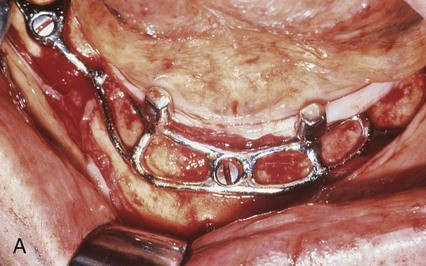
Benefits of Subperiosteal Dental Implants
Suitable for Low Bone Density
Subperiosteal implants do not require the same bone density as traditional implants, making them ideal for patients with significant bone loss.
Avoids Bone Grafting
These implants provide a solution for those who cannot or prefer not to undergo bone grafting procedures.
Quicker Treatment Time
The overall treatment time is shorter compared to traditional implants, as it does not require a prolonged healing period for osseointegration.
Improved Stability for Dentures
Subperiosteal implants provide a stable foundation for dentures, improving their fit and function.

Considerations and Risks
Infection
As with any surgical procedure, there is a risk of infection. Following post-operative care instructions can minimize this risk.
Gum Irritation
There can be irritation or discomfort where the metal framework interacts with the gum tissue. Proper fitting and adjustments by the dentist can alleviate this.
Implant Movement
If not properly secured, the framework may move or shift. Regular follow-ups with the dentist are crucial to ensure the implants remain stable.
Cost
Subperiosteal implants can be expensive, and not all insurance plans cover the procedure. Discussing the cost and financing options with your dentist is essential.
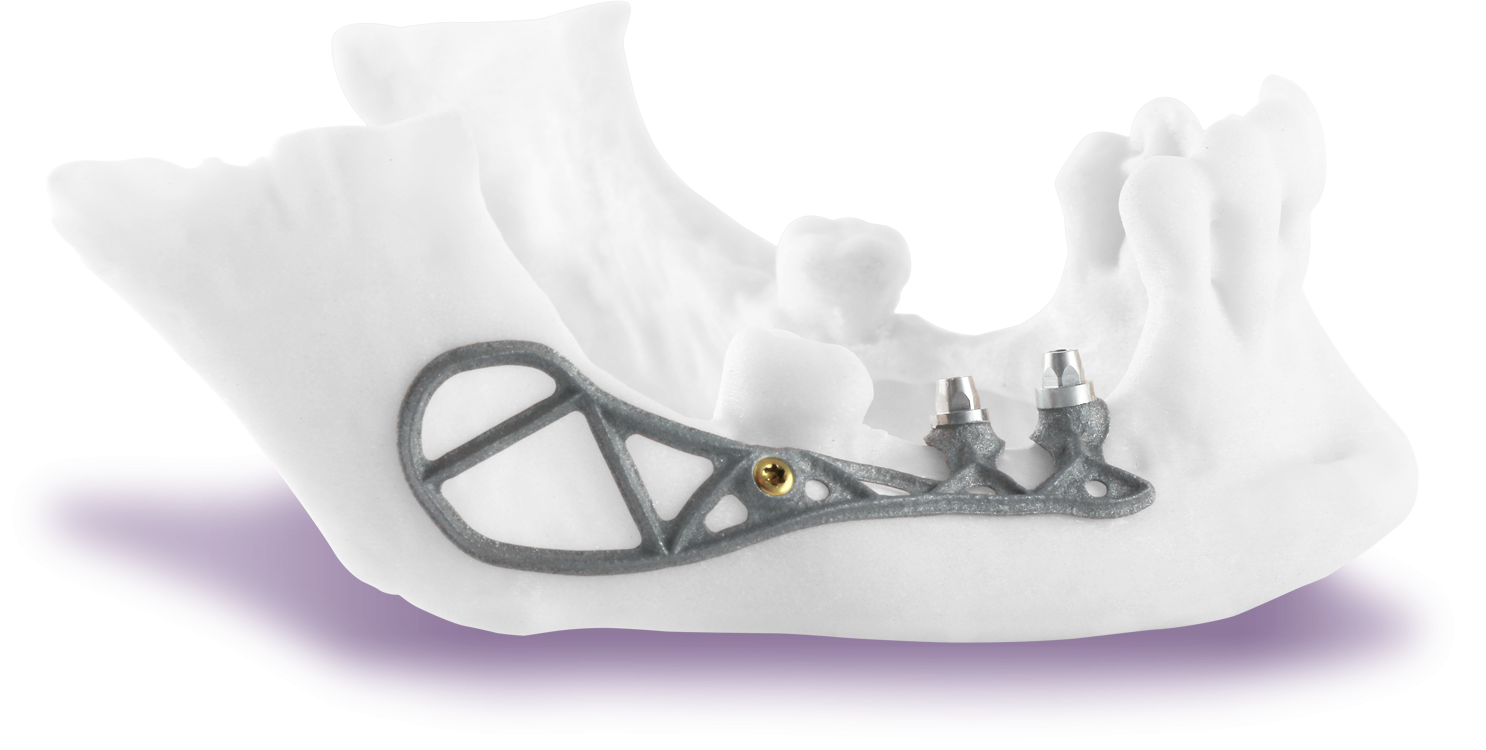
Recovery and Aftercare
Immediate Post-Operative Care
- Rest: Rest and avoid strenuous activities for the first few days.
- Ice Packs: Apply ice packs to reduce swelling.
- Medication: Take prescribed medications as directed to manage pain and prevent infection.
Oral Hygiene
- Gentle Brushing: Brush your teeth gently to avoid disturbing the surgical site.
- Mouth Rinse: Use an antibacterial mouth rinse to prevent infection.
Follow-Up Visits
Regular follow-up visits are essential to monitor healing and ensure the framework and prosthetics are stable.
Success Rates of Subperiosteal Dental Implants
The success rate of subperiosteal dental implants is generally high, but slightly lower than traditional implants due to the nature of the procedure. Success rates can range from 85% to 90%. Factors such as the patient’s overall health, the precision of the implant placement, and adherence to post-operative care instructions play a significant role in the success of the procedure.
Cost of Subperiosteal Dental Implants
The cost of subperiosteal dental implants can vary widely based on factors such as the complexity of the case, the materials used, and geographic location. On average, the cost can range from $5,000 to $25,000 for the entire procedure. It’s important to discuss the costs and potential financing options with your dental provider.
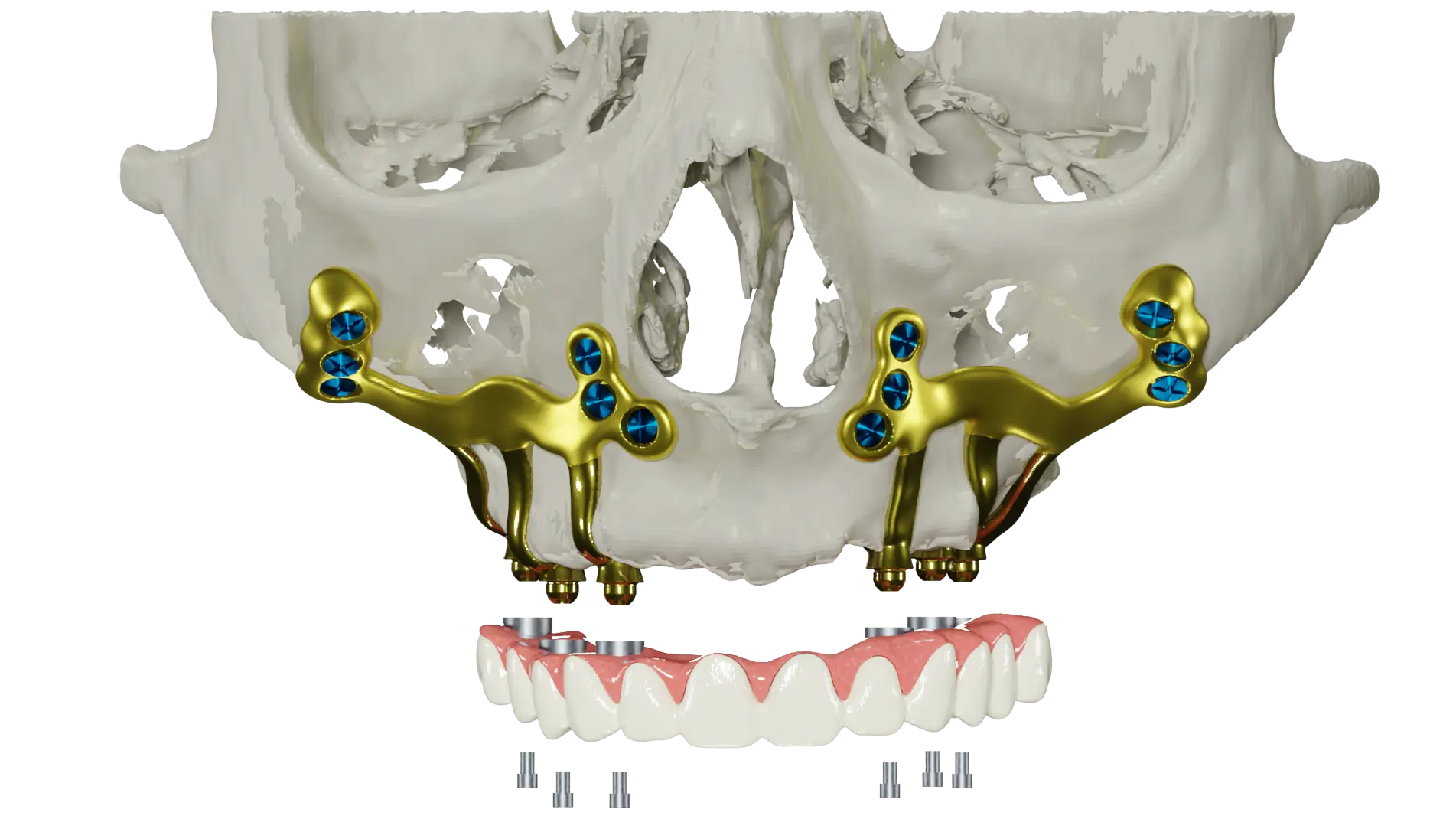
FAQs
Q: How long do subperiosteal dental implants last? A: With proper care and maintenance, subperiosteal dental implants can last many years, often 10-20 years or more.
Q: Is the subperiosteal implant procedure painful? A: The procedure is performed under local anesthesia or sedation, minimizing discomfort. Post-operative pain can be managed with prescribed medications.
Q: Can anyone get subperiosteal dental implants? A: Subperiosteal implants are suitable for patients with insufficient bone density who cannot undergo traditional implants or bone grafting. A thorough evaluation by a dentist is necessary to determine eligibility.
Q: What are the signs of subperiosteal implant failure? A: Signs of implant failure include severe pain, swelling, and loosening of the framework. If you experience these symptoms, contact your dentist immediately.
Q: How do I care for my mouth after subperiosteal implant surgery? A: Follow your dentist’s instructions, which typically include gentle brushing, using an antibacterial mouth rinse, and avoiding strenuous activities.
Conclusion
Subperiosteal dental implants offer a valuable solution for patients who cannot receive traditional implants due to insufficient bone density. By understanding the process, benefits, and considerations, patients can make informed decisions about their oral health. If you are considering subperiosteal dental implants, consult with a specialist to determine if this solution is right for you. For more information or to schedule a consultation, visit the relevant sections of our webpage.



